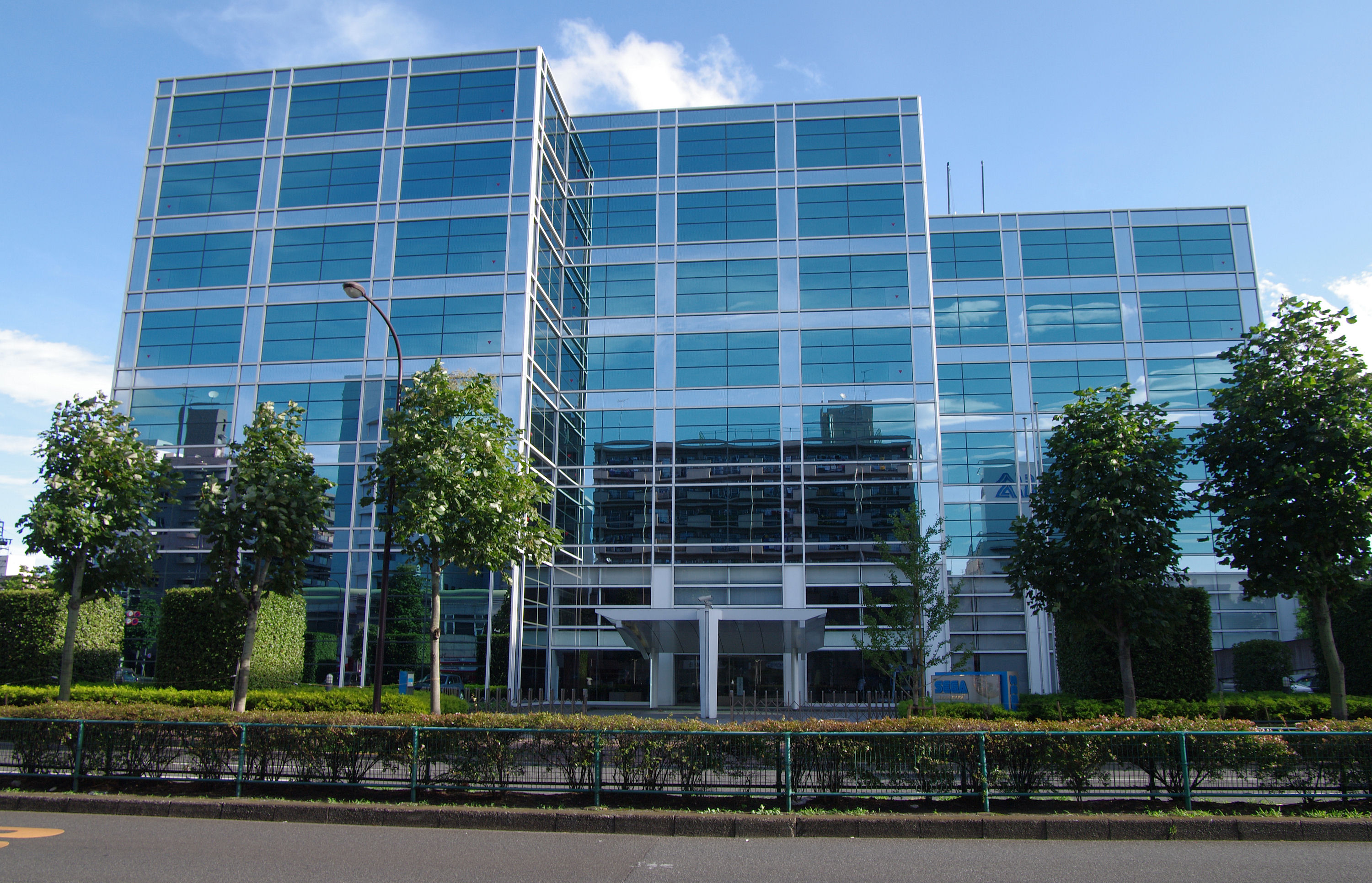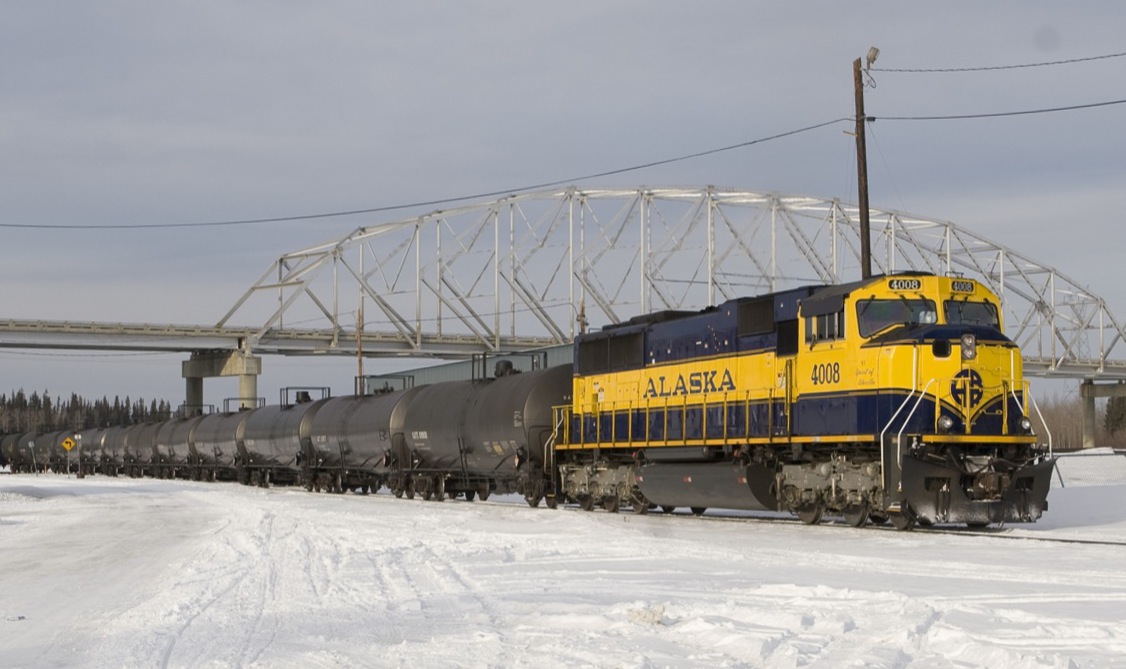|
Zōshiki Station
is a railway station on the Keikyu Main Line in Ōta, Tokyo, Japan, operated by Keikyu. Lines Zōshiki Station is served by the Keikyū Main Line. Layout This elevated station consists of two side platforms serving two tracks. History Keikyu introduced station numbering Station numbering is a sign system which assigns station codes consisting of a few letters and numbers to train stations. It aims to facilitate navigation for foreign travelers not familiar with the local language by using globally understood c ... to its stations on 21 October 2010; Zōshiki Station was assigned station number KK18. References Railway stations in Japan opened in 1901 Railway stations in Tokyo {{Tokyo-railstation-stub ... [...More Info...] [...Related Items...] OR: [Wikipedia] [Google] [Baidu] |
Ōta, Tokyo
is a Special wards of Tokyo, special ward in the Tokyo, Tokyo Metropolis in Japan. The ward refers to itself in English as Ōta City. It was formed in 1947 as a merger of Ōmori, Ōta, Tokyo, Ōmori and Kamata, Ōta, Tokyo, Kamata following Tokyo City's Local Autonomy Act, transformation into Tokyo Metropolis. The southernmost of the 23 special wards, Ōta borders the special wards of Shinagawa, Tokyo, Shinagawa, Meguro, Tokyo, Meguro and Setagaya, Tokyo, Setagaya to the north, and Kōtō, Tokyo, Kōtō to the east. Across the Tama River in Kanagawa Prefecture is the city of Kawasaki, Kanagawa, Kawasaki, forming the boundaries to the south and west. Ōta is the largest special ward in Tokyo by area, spanning 59.46 square kilometres (22.96 sq mi). As of 2024, the ward has an estimated population of 744,849, making it the third largest special ward by population, with a population density of 12,041 inhabitants per square kilometre (31,190/sq mi). Notable neighborhoods and districts ... [...More Info...] [...Related Items...] OR: [Wikipedia] [Google] [Baidu] |
Tokyo
Tokyo, officially the Tokyo Metropolis, is the capital of Japan, capital and List of cities in Japan, most populous city in Japan. With a population of over 14 million in the city proper in 2023, it is List of largest cities, one of the most populous urban areas in the world. The Greater Tokyo Area, which includes Tokyo and parts of six neighboring Prefectures of Japan, prefectures, is the most populous metropolitan area in the world, with 41 million residents . Lying at the head of Tokyo Bay, Tokyo is part of the Kantō region, on the central coast of Honshu, Japan's largest island. It is Japan's economic center and the seat of the Government of Japan, Japanese government and the Emperor of Japan. The Tokyo Metropolitan Government administers Tokyo's central Special wards of Tokyo, 23 special wards, which formerly made up Tokyo City; various commuter towns and suburbs in Western Tokyo, its western area; and two outlying island chains, the Tokyo Islands. Although most of the w ... [...More Info...] [...Related Items...] OR: [Wikipedia] [Google] [Baidu] |
Keikyu
(), also known as or, more recently, , is a private railroad that connects inner Tokyo to Kawasaki, Yokohama, Yokosuka and other points on the Miura Peninsula in Kanagawa Prefecture. It also provides rail access to Haneda Airport in Tokyo. means the - area. The company's railroad origins date back to 1898, but the current company dates to 1948. The railway pioneered Kantō region's first electric train and the nation's third, after Hanshin Electric Railway and Nagoya Electric Railway ( Meitetsu) with the opening of a short long section of what later became the Daishi Line in January 1899. It is a member of the Fuyo Group and has its headquarters in Yokohama. The company changed its English name from Keihin Electric Express Railway Co., Ltd. to Keikyu Corporation on 21 October 2010. Trains on the Main Line have a maximum operating speed of , making it the third fastest private railroad in the Tokyo region after the Keisei ''Skyliner'' and the Tsukuba Express. The ... [...More Info...] [...Related Items...] OR: [Wikipedia] [Google] [Baidu] |
Keikyu Main Line
(), also known as or, more recently, , is a private railroad that connects inner Tokyo to Kawasaki, Yokohama, Yokosuka and other points on the Miura Peninsula in Kanagawa Prefecture. It also provides rail access to Haneda Airport in Tokyo. means the - area. The company's railroad origins date back to 1898, but the current company dates to 1948. The railway pioneered Kantō region's first electric train and the nation's third, after Hanshin Electric Railway and Nagoya Electric Railway ( Meitetsu) with the opening of a short long section of what later became the Daishi Line in January 1899. It is a member of the Fuyo Group and has its headquarters in Yokohama. The company changed its English name from Keihin Electric Express Railway Co., Ltd. to Keikyu Corporation on 21 October 2010. Trains on the Main Line have a maximum operating speed of , making it the third fastest private railroad in the Tokyo region after the Keisei ''Skyliner'' and the Tsukuba Express. The tr ... [...More Info...] [...Related Items...] OR: [Wikipedia] [Google] [Baidu] |
Railway Station
Rail transport (also known as train transport) is a means of transport using wheeled vehicles running in railway track, tracks, which usually consist of two parallel steel railway track, rails. Rail transport is one of the two primary means of land transport, next to road transport. It is used for about 8% of passenger and rail freight transport, freight transport globally, thanks to its Energy efficiency in transport, energy efficiency and potentially high-speed rail, high speed.Rolling stock on rails generally encounters lower friction, frictional resistance than rubber-tyred road vehicles, allowing rail cars to be coupled into longer trains. Power is usually provided by Diesel locomotive, diesel or Electric locomotive, electric locomotives. While railway transport is capital intensity, capital-intensive and less flexible than road transport, it can carry heavy loads of passengers and cargo with greater energy efficiency and safety. Precursors of railways driven by human or an ... [...More Info...] [...Related Items...] OR: [Wikipedia] [Google] [Baidu] |
Keikyū Main Line
The is a railway line in Japan, operated by the private railway operator Keikyu. The line connects the Tokyo wards of Minato, Tokyo, Minato, Shinagawa, Tokyo, Shinagawa, Ōta, Tokyo, Ōta, and the Kanagawa Prefecture, Kanagawa municipalities of Kawasaki, Kanagawa, Kawasaki, Yokohama and Yokosuka. The Keikyu Main Line began as a short line in 1895. By 1905 it was extended from Shinagawa Station in Tokyo to central Yokohama, becoming a major interurban line between the two cities. Service types Keikyu operates the following different types of service, including all-stations "Local" trains. Abbreviations: * Lo = : Stops at all stations * Exp = *:(1) between Sengakuji and Haneda Airport Terminal 1·2 (mornings and evenings only) *:(2) between Zushi·Hayama and Haneda Airport Terminal 1·2 * TLE = * KLE = * ALE = * EW = : A "Home Liner" service with an additional charge for seat reservation. Operates only on weekday evenings from Shinagawa to Misakiguchi on the Keikyu Kuriham ... [...More Info...] [...Related Items...] OR: [Wikipedia] [Google] [Baidu] |
Side Platforms
A side platform (also known as a marginal platform or a single-face platform) is a railway platform, platform positioned to the side of one or more railway tracks or guideways at a railway station, tram stop, or bus rapid transit, transitway. A station having dual side platforms, one for each direction of travel, is the basic design used for double-track railway lines (as opposed to, for instance, the island platform where a single platform lies between the tracks). Side platforms may result in a wider overall footprint for the station compared with an island platform, where a single width of platform can be shared by riders using either track. In some stations, the two side platforms are connected by a footbridge or Subway (crossing), tunnel to allow safe access to the alternate platform. While a pair of side platforms is often provided on a dual-track line, a single side platform is usually sufficient (trains are usually only boarded from one side) for a single-track line. Layou ... [...More Info...] [...Related Items...] OR: [Wikipedia] [Google] [Baidu] |
Station Numbering
Station numbering is a sign system which assigns station codes consisting of a few letters and numbers to train stations. It aims to facilitate navigation for foreign travelers not familiar with the local language by using globally understood characters ( Latin letters and Arabic numbers). The system is now in use by various railway companies around the world such as in mainland China, Indonesia, Japan, South Korea, Singapore, Taiwan, Thailand, and the United States. History Station numbering was first introduced—but to less fanfare—in South Korea, by the Seoul Metropolitan Subway in 1983 as a section of Seoul Subway Line 2 ( Euljiro 1-ga to Seongsu) was opened. Its first usage in Japan was in the Nagasaki Electric Tramway where it was introduced in May 1984."History of Nagasaki Electric Tramway line transition", ''Stadtbahn'' issue 9, April 1984 The Tokyo subway system introduced station numbering in 2004. Sports events are usually the turning point for the introduct ... [...More Info...] [...Related Items...] OR: [Wikipedia] [Google] [Baidu] |
Railway Stations In Japan Opened In 1901
Rail transport (also known as train transport) is a means of transport using wheeled vehicles running in tracks, which usually consist of two parallel steel rails. Rail transport is one of the two primary means of land transport, next to road transport. It is used for about 8% of passenger and freight transport globally, thanks to its energy efficiency and potentially high speed.Rolling stock on rails generally encounters lower frictional resistance than rubber-tyred road vehicles, allowing rail cars to be coupled into longer trains. Power is usually provided by diesel or electric locomotives. While railway transport is capital-intensive and less flexible than road transport, it can carry heavy loads of passengers and cargo with greater energy efficiency and safety. Precursors of railways driven by human or animal power have existed since antiquity, but modern rail transport began with the invention of the steam locomotive in the United Kingdom at the beginning of the 19th ... [...More Info...] [...Related Items...] OR: [Wikipedia] [Google] [Baidu] |





